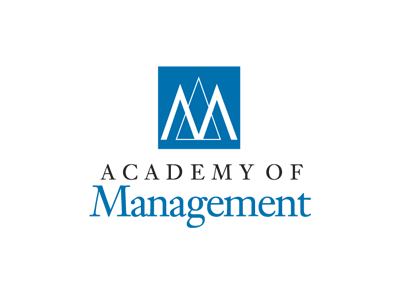
404
Oops, the page you're looking for does not exist.
You may want to head back to the homepage. If you think something is broken, report a problem.

You may want to head back to the homepage. If you think something is broken, report a problem.